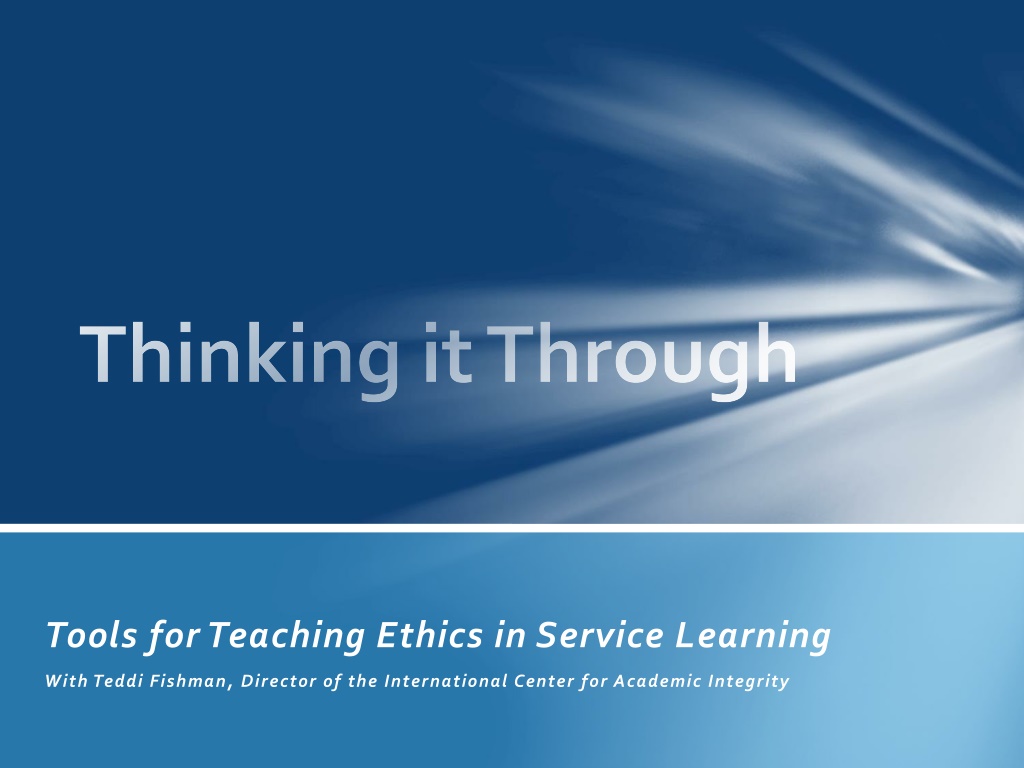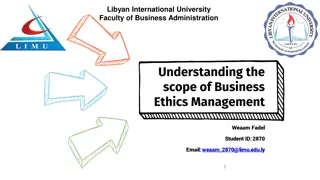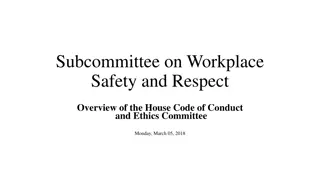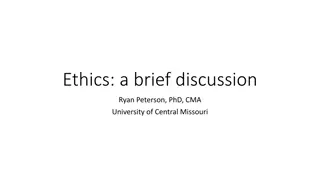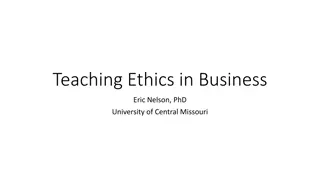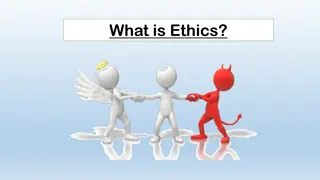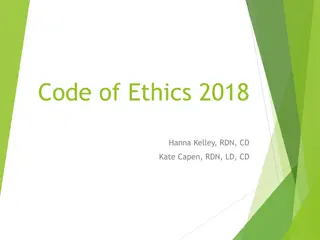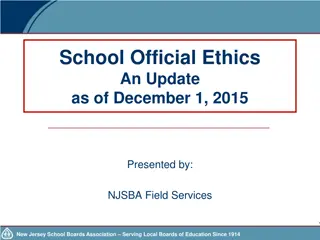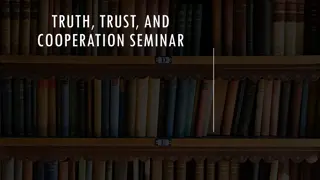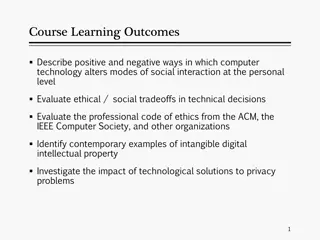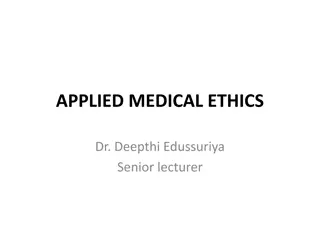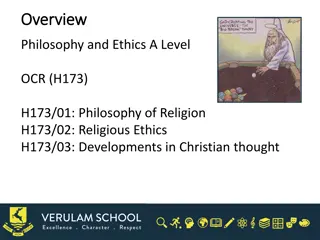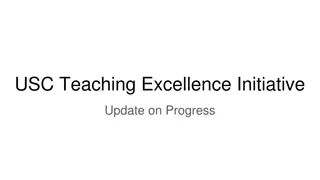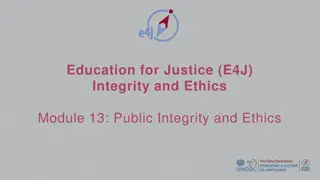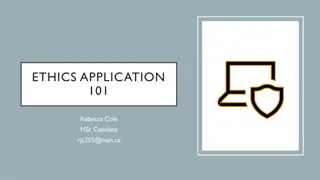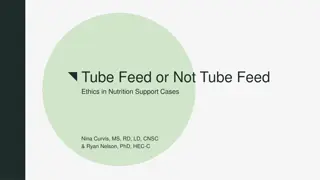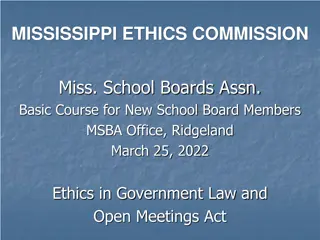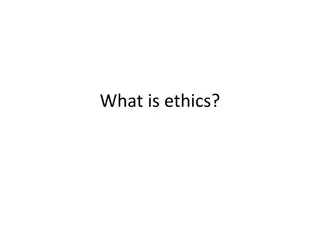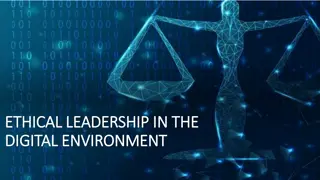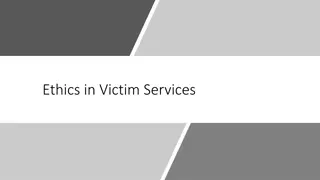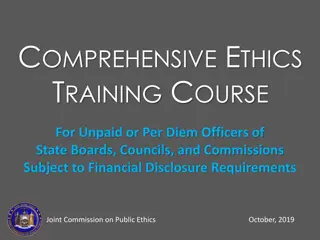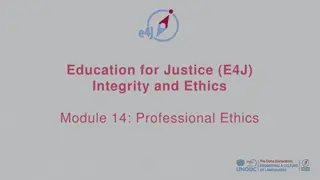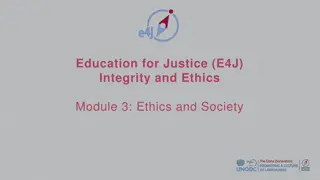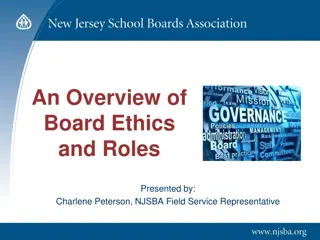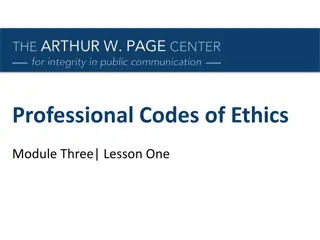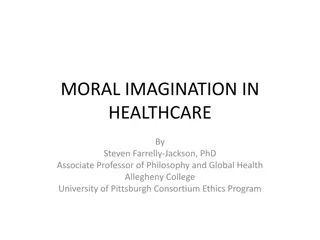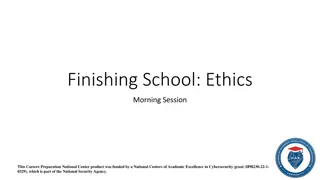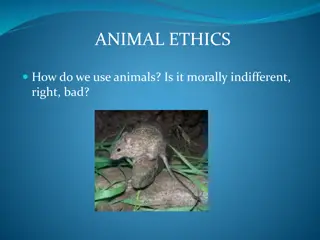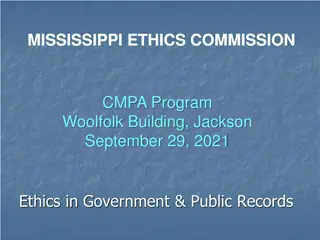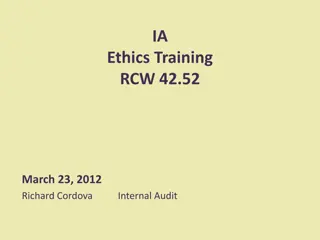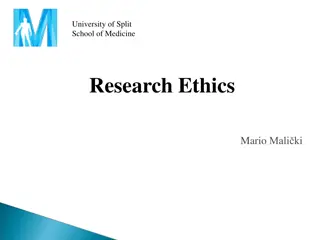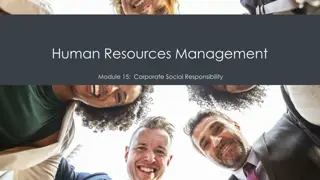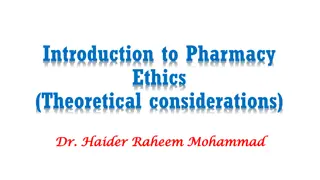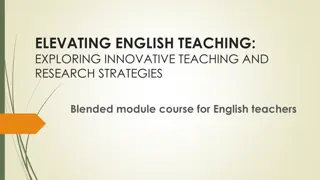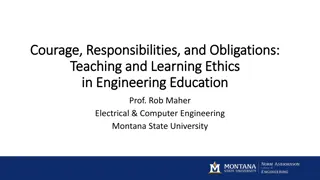Tools for Teaching Ethics in Service Learning
Explore the strengths and perceptions of ethics in service learning while delving into teachable moments for ethical reflection. Learn about the Toolbox Approach pioneered by the Rutland Institute for Ethics, featuring tools such as the Consequences Tool, Respectful Treatment Tool, and Aspirational Tool. Enhance your understanding of ethical decision-making and discover ways to address ethical issues effectively in educational settings.
Download Presentation

Please find below an Image/Link to download the presentation.
The content on the website is provided AS IS for your information and personal use only. It may not be sold, licensed, or shared on other websites without obtaining consent from the author. Download presentation by click this link. If you encounter any issues during the download, it is possible that the publisher has removed the file from their server.
E N D
Presentation Transcript
Thinking it Through Tools for Teaching Ethics in Service Learning With Teddi Fishman, Director of the International Center for Academic Integrity
Developed in collaboration with Lorelei Swanson The Rutland Institute for Ethics The Pearce Center for Communication The National Center for Dropout Prevention & The International Center for Academic Integrity
Strengths of Service Learning Real Applied Complicated Messy
Perceptions of Ethics Not my field Subjective Risky
Teachable Moments: Ethics and Reflection in Service-Learning (by T. Fishman & L. Swanson) Written to give teachers tools they can use to address ethical issues comfortably while at the same time providing students with a ethical framework they can transfer to other ethical dilemmas they face.
Toolbox Approach pioneered by the Rutland Institute for Ethics 1. Consequences Tool 2. Respectful Treatment Tool 3. Aspirational Tool
Toolbox Approach pioneered by the Rutland Institute for Ethics Consequences Tool Asks, what will bring the most good to the most people? and what are the foreseeable consequences positive and negative of the different choices?
Toolbox Approach pioneered by the Rutland Institute for Ethics Respectful Treatment Tool Asks, how would I want t be treated? and, what if the shoe were on the other foot?
Toolbox Approach pioneered by the Rutland Institute for Ethics Aspirational Tool Asks, what would someone I admire do in this situation and, which course of action will help me become the person I would like to be?
Source: Convergence begets confidence comes from R. Barnett. (1990). The virtues of redundancy in legal thought, 38 Cleveland State Law Review, 153(190), 154-155
Steps in the Toolbox Approach: 1.Identify 2.Analyze 3.Justify 4.Decide
Steps in the Toolbox Approach: 1. Identify What are the Issues? Who are the Stake-holders? 2. Analyze Use the tools to analyze options 3. Justify What are the benefits and costs of the various options? 4. Decide Take (responsible) action
Make ethical decision-making part of community conversations to help build climates of ethical action
